
Delegates perform the opening ceremony of the exhibition
On the afternoon of March 24, at Kien Trung Palace (Hue Imperial City), the Hue Monuments Conservation Center in collaboration with Art Republik Magazine and the French Institute in Vietnam opened the painting exhibition of King Ham Nghi "Sky, Mountain, Water | Allusive Panorama".
At the opening ceremony, the exhibition welcomed nearly 300 guests, partners and lovers of painting, history and art from all over the country. This is a cultural event to mark the opening of the National Tourism Year - Hue 2025 and the 50th anniversary of Hue Liberation Day.

Dr. Amandine Dabat, 5th generation descendant of King Ham Nghi, shares information about the works at the exhibition.
For the first time, 21 precious paintings by King Ham Nghi, all oil paintings on canvas, collected from 10 private collections, have been displayed and introduced to the public.
The exhibition not only opens the door to the public's return to the exiled emperor's painting legacy, but is also a dialogue between the past and the present, where colors and lines revive an artist's soul amid the flow of history.

The painting "View of the Palace in El Biar" was painted by King Ham Nghi in 1901.
During his exile, King Ham Nghi did not paint royal memories, but found solace in the vastness of nature. Each painting opens a piece of the inner world of King Ham Nghi.
View of the Villa at El Biar (1901) depicts his former residence in Algiers, a peaceful corner in exile. Landscape with Cypresses ( 1906) is an image of the French countryside, a place he visited on his travels, expressing the intersection between reality and nostalgia.

The painting "Landscape with Cypress Trees" was created by King Ham Nghi in 1906.
Meanwhile, The Shore of the Forest ( Lake Geneva, 1920) has a somber tone, with rich colors evoking the artist's mood before the vastness of nature...
The paintings of King Ham Nghi displayed this time in Hue - Vietnam are the result of the tireless journey of curator Ace Le and Lan Tinh Foundation in collaboration with Dr. Amandine Dabat (5th generation descendant of King Ham Nghi) and domestic and foreign partners.
They spent more than a year searching, verifying, appraising, and restoring the works strictly according to international standards.

"Spring Road" was painted by King Ham Nghi around 1910.
Director of the Hue Monuments Conservation Center Hoang Viet Trung said: the retrospective of the artworks created by King Ham Nghi at the Kien Trung Palace - Hue Imperial City relic site is an emotional meeting between art and history. Hopefully, the exhibition will help the public better understand the life and art of the patriotic king.
This exhibition not only marks an important milestone in the journey of heritage preservation, but also serves as a cultural bridge between Vietnam and France.

International visitors at the exhibition
Mr. Franck Bolgiani, Cultural Attaché of the French Embassy and Director of the French Institute in Hanoi, commented: King Ham Nghi was not only an emperor but also one of the first Vietnamese artists to be formally trained in Western painting.
By combining French academic techniques with a deep love for nature and his homeland's culture, he created works that are extremely unique, full of emotion and imbued with nostalgia.

The work "On the Edge of the Forest" was composed in 1910.
Representatives of the French Institute also expressed their willingness to cooperate with the Hue Monuments Conservation Center and related units on cultural development work.
The exhibition of King Ham Nghi's paintings "Heaven, Mountains, Water | Allusive Panorama" will welcome the public from March 25 to April 6, with an expected daily attendance of 8,000 to 10,000 people.

The exhibition of King Ham Nghi's paintings is held on the 2nd floor of Kien Trung Palace, Hue Imperial City.
During his exile, when creating art, King Ham Nghi took the pen name Tu Xuan - "Son of Spring".
Over the past 15 years, paintings by King Ham Nghi have appeared on the French art market, mainly from private collections, descendants of friends to whom he had given paintings. From here, Vietnamese collectors began to discover and bring his paintings back.


![[Photo] Special relics at the Vietnam Military History Museum associated with the heroic April 30th](https://vstatic.vietnam.vn/vietnam/resource/IMAGE/2025/4/3/a49d65b17b804e398de42bc2caba8368)

![[Photo] Moment of love: Myanmar people are moved to thank Vietnamese soldiers](https://vstatic.vietnam.vn/vietnam/resource/IMAGE/2025/4/3/9b2e07196eb14aa5aacb1bc9e067ae6f)
![[Photo] A brief moment of rest for the rescue force of the Vietnam People's Army](https://vstatic.vietnam.vn/vietnam/resource/IMAGE/2025/4/3/a2c91fa05dc04293a4b64cfd27ed4dbe)
![[Photo] Prime Minister Pham Minh Chinh chairs meeting after US announces reciprocal tariffs](https://vstatic.vietnam.vn/vietnam/resource/IMAGE/2025/4/3/ee90a2786c0a45d7868de039cef4a712)
![[Photo] General Secretary To Lam receives Japanese Ambassador to Vietnam Ito Naoki](https://vstatic.vietnam.vn/vietnam/resource/IMAGE/2025/4/3/3a5d233bc09d4928ac9bfed97674be98)
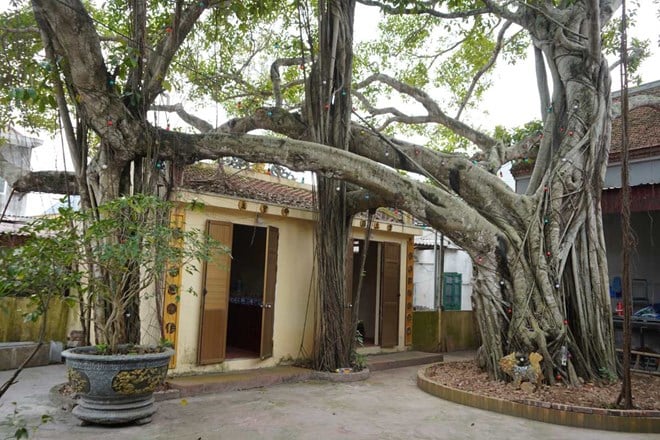

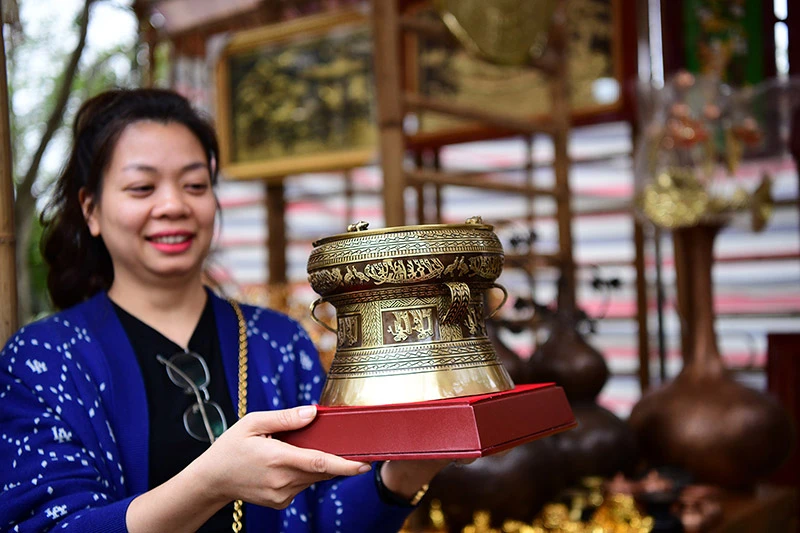






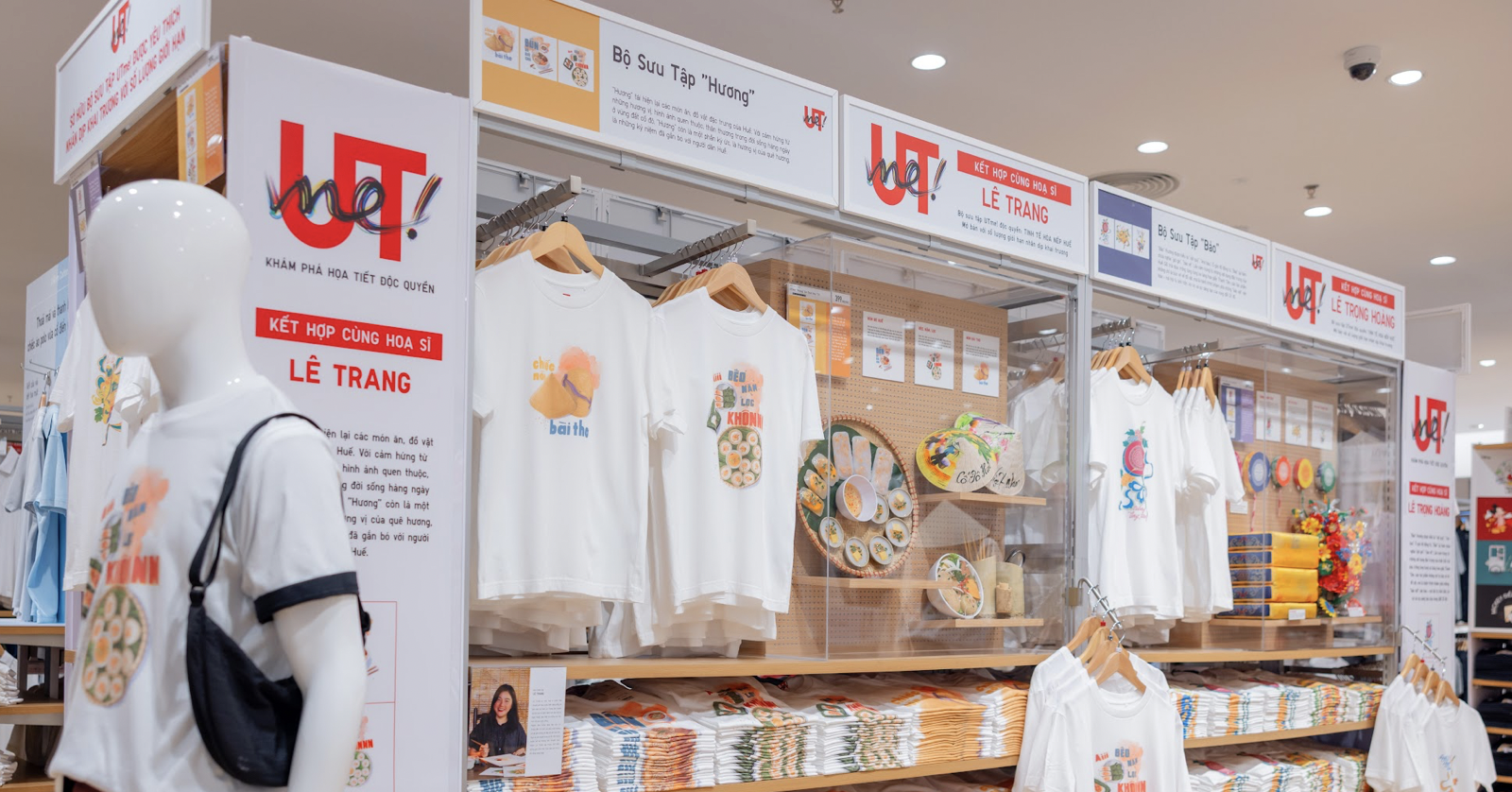










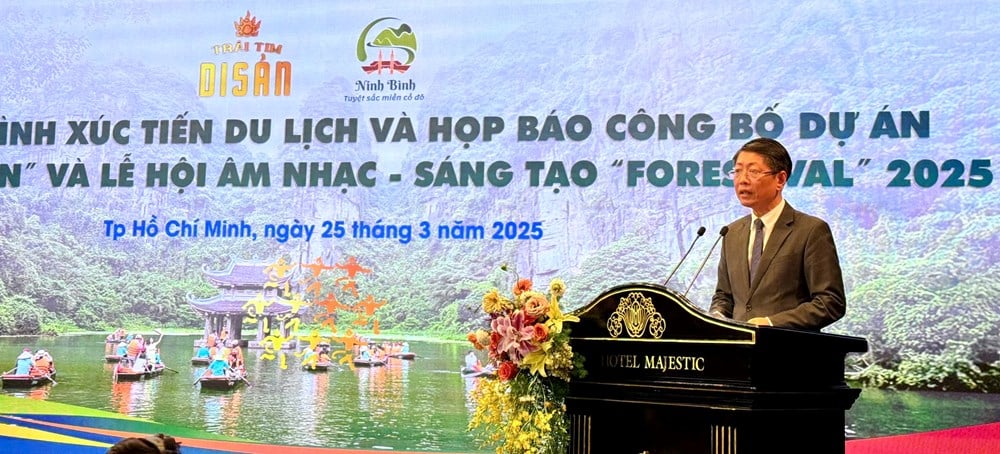


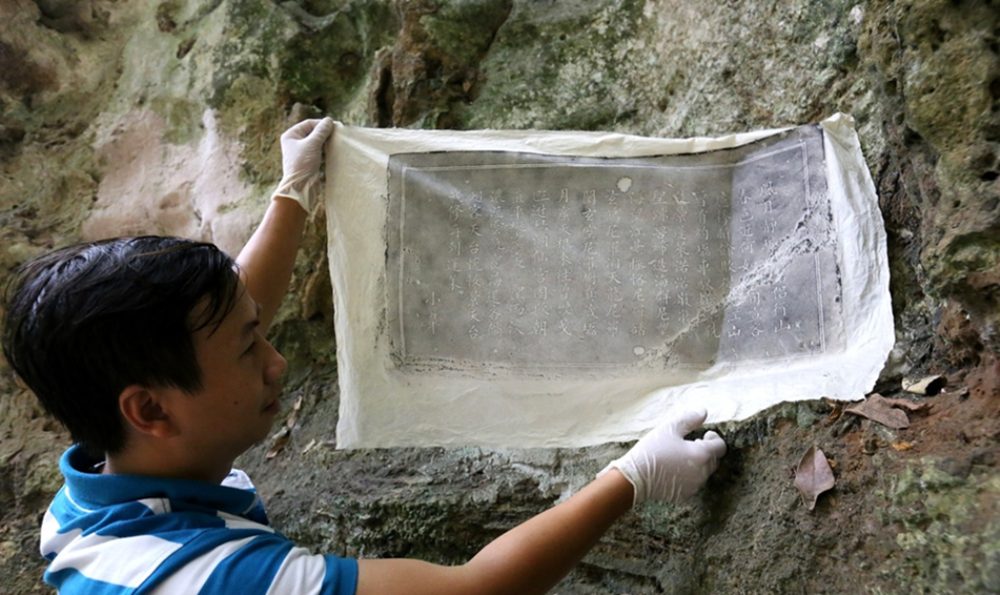
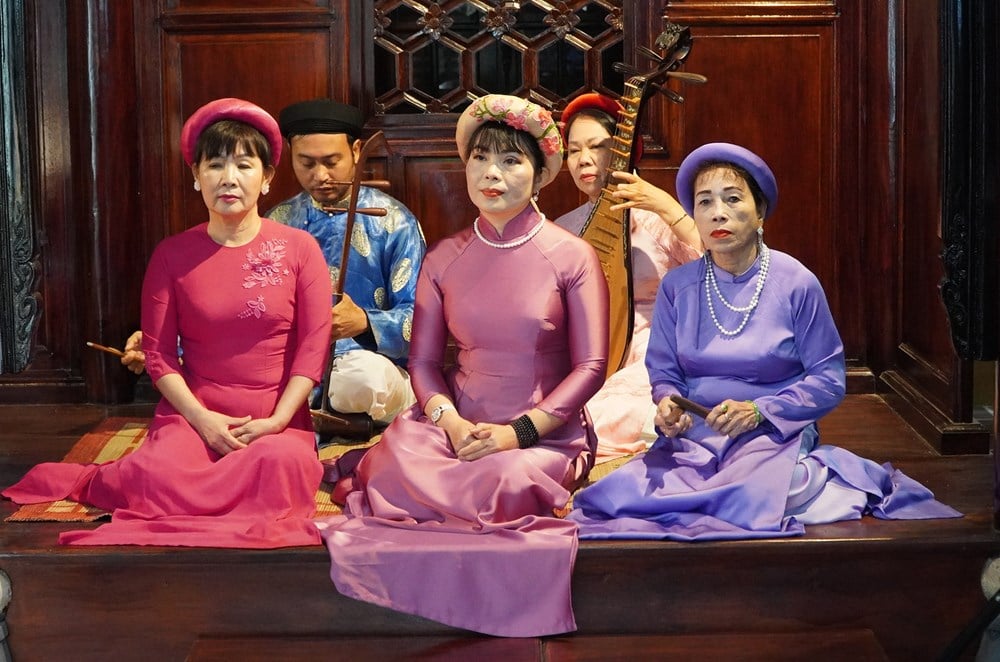
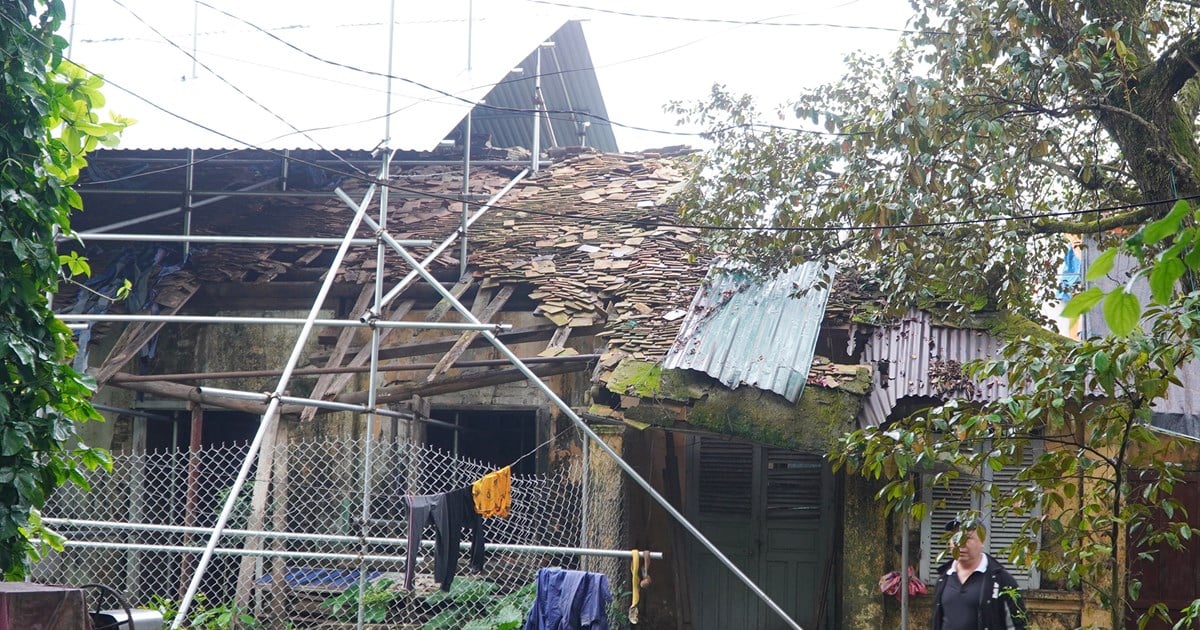




























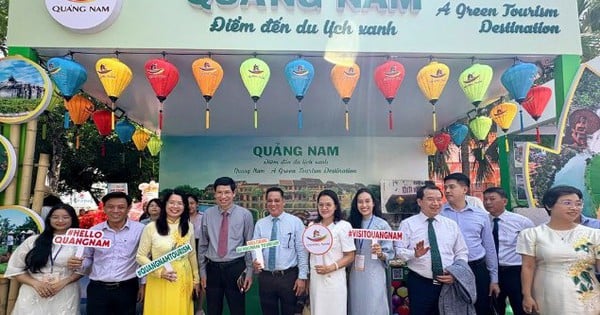










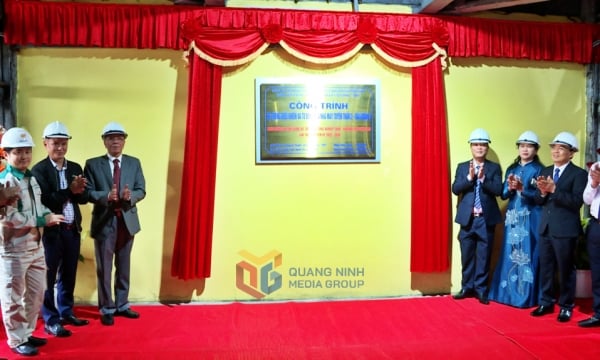



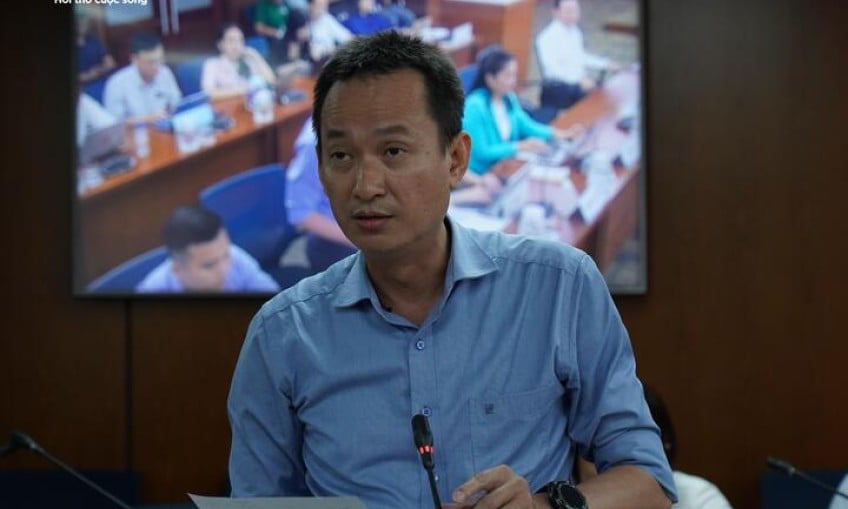

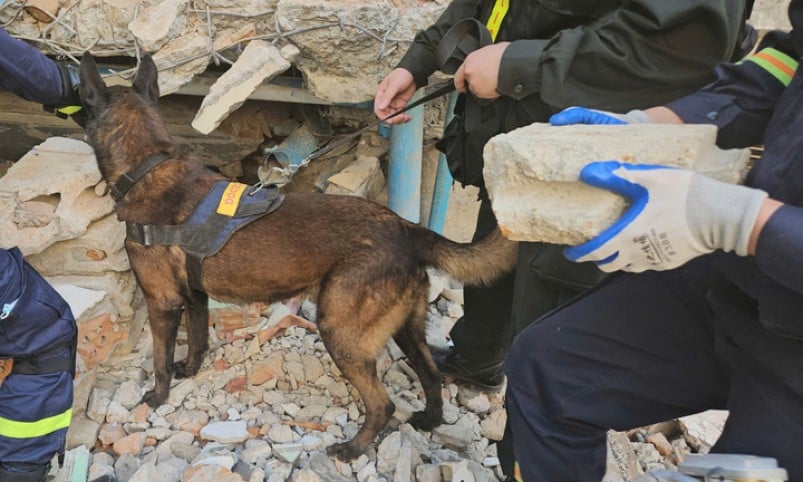












Comment (0)